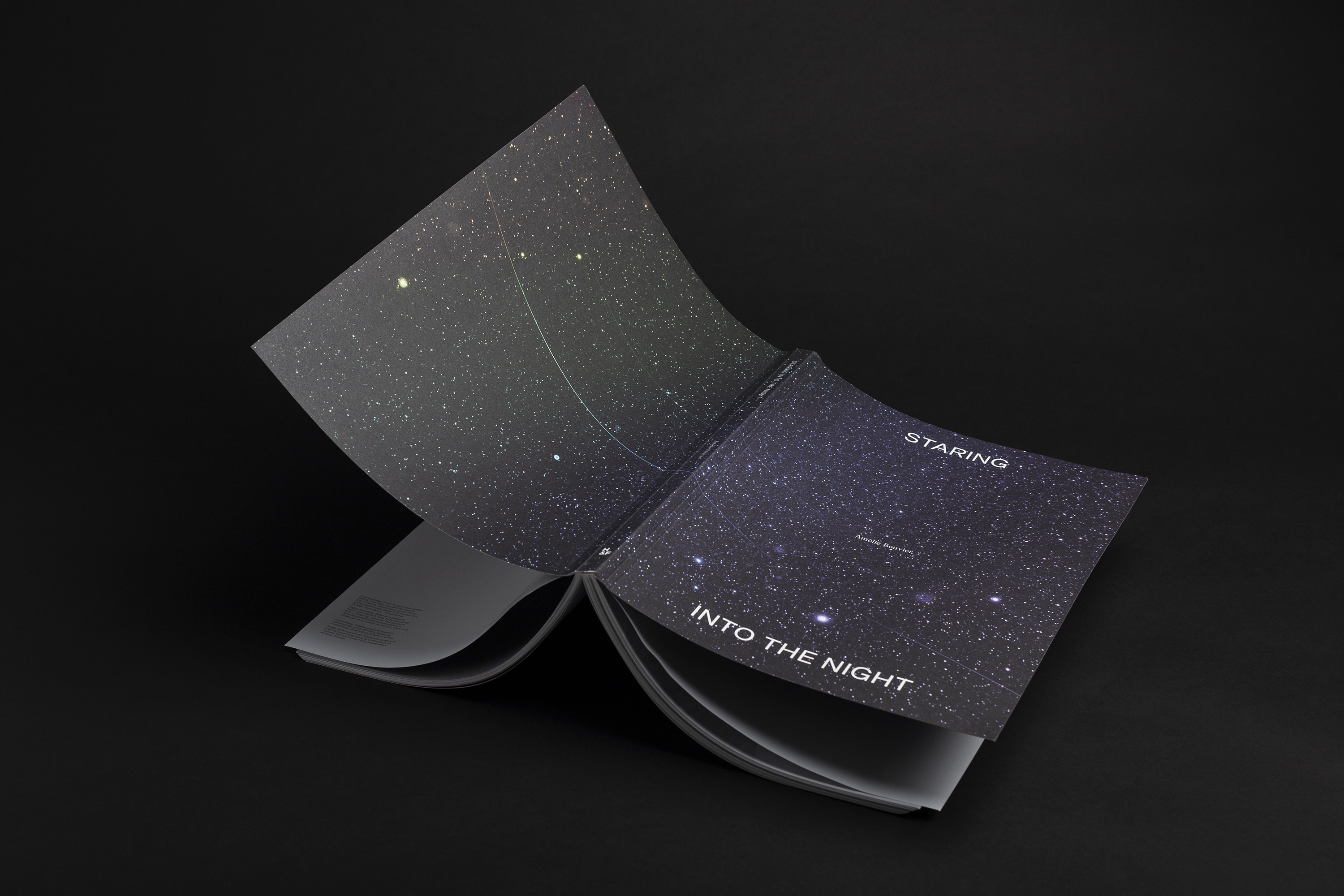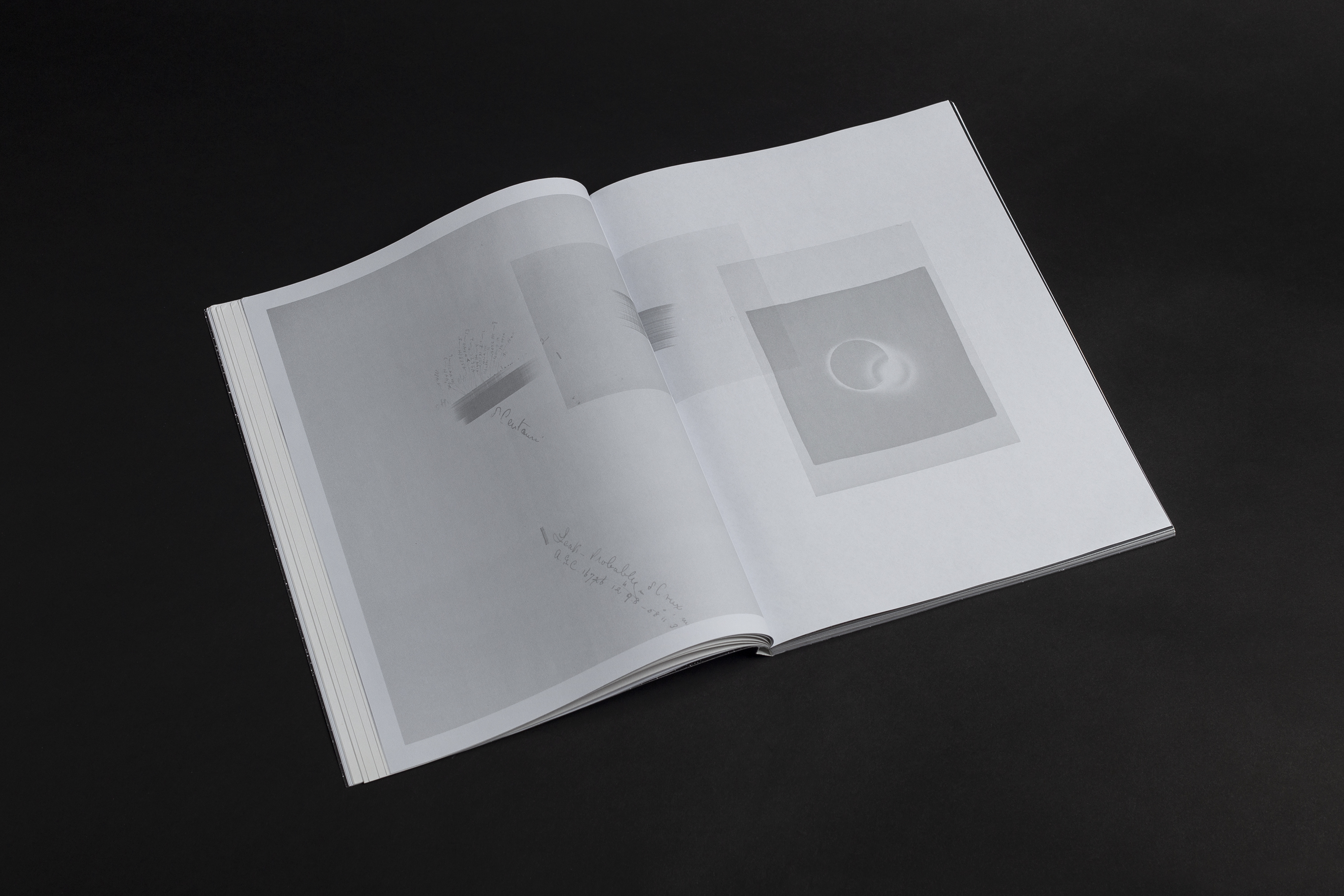Staring Into the Night‘Staring Into the Night’ is a book that brings together Amélie Bouvier's research and artistic work inspired by astronomical stories and the history of observing the sky, from the late 19th century to the present day. Amélie has taken a particular interest in the collection of astronomical photographic glass plates from the Harvard College Observatory in the United States: these plates, made mostly by women, have fuelled her imagination over the last five years and form the basis of her most recent projects, which explore the history of observation, our attachment to representation and the scientific imaginary, and the issues that shape our collective memory and heritage. By focussing her research on astronomy and its history, Amélie Bouvier's work aims to highlight our contemporary relationship with the narratives that emerge from scientific technologies and our need to represent them. Through drawing, installation, video and objects, Amélie uses facts and stories to understand the malleability of reality through the fascinating evolution of astronomical aesthetics. In addition to her relationship with the Harvard College of Observatory collection, Amélie also had a family relationship with the subject through her grandfather, who also had a fascination with the skies. In this way, the publication ‘Staring into the night’ crosses Amélie's family narrative with the photographic collection of women astronomers and the work of the artist. Representing this relationship with the star and family memory and the artist's work, the book presents two types of paper: on one we see the transfigured delicacy of the photographic images and on the other we see Bouvier's work, which spans areas such as drawing, installation and video. The book adopts the original measurements of the photographic glass plates and presents a superimposition of elements that are gradually thickened: if the Harvard astronomical archive begins with a 10% grid, by the end it is clearly visible in a 100% grid, a metaphor for the discovery of these photographic plates and the women who made them: because of their gender, these women couldn't work at night. These glass plates were what enabled them to study the sky. This was fundamental to the construction and concept of a book that seeks to see at night during the day.
Designed items:
- Publication
Client: Hopper & Fuchs
2024
![]()
![]()
![]()
![]()
![]()
![]()
![]()
![]()
![]()











